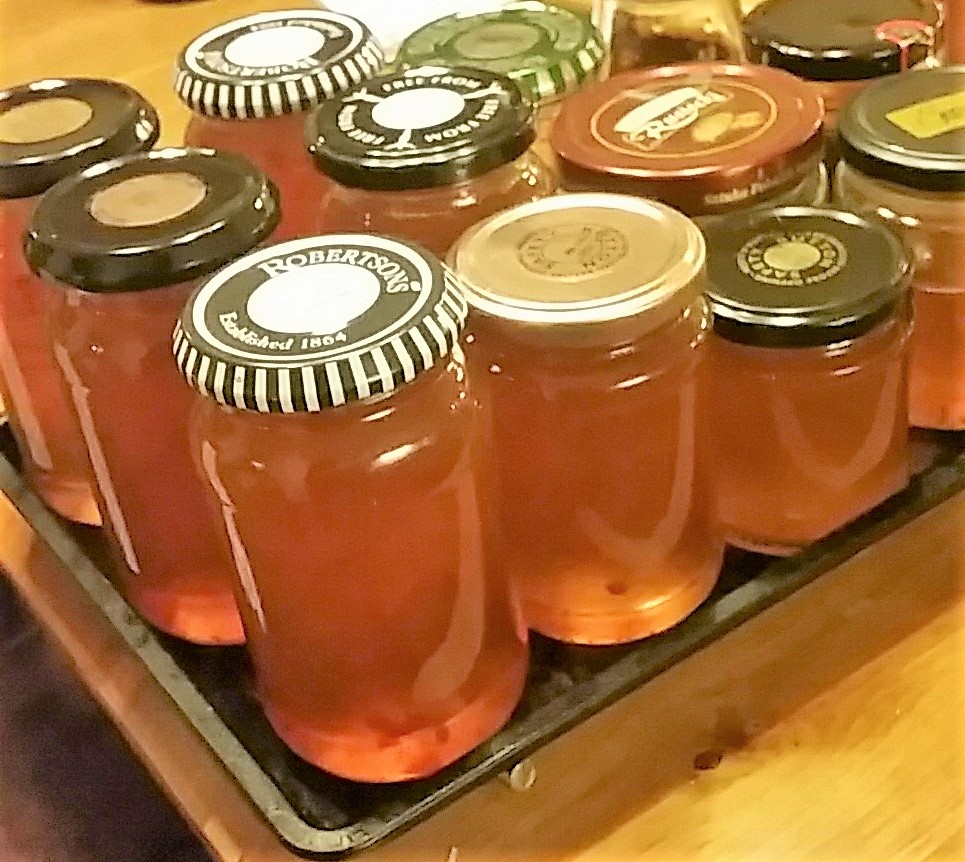This is a delicious tart, and a grand way of using the January supply of marmalade oranges. The juice is used to make a delicious orange curd that is baked in a pastry case. The recipe is from the Moro cookbook.
INGREDIENTS:
For the pastry shell:
- 140g plain flour
- 30g icing sugar
- 75g chilled butter, chopped small
- 1 egg yolk
For the curd filling:
- 140g caster sugar
- 170ml seville orange juice
- 170g unsalted butter, chopped small
- 4 egg yolks
- 2 whole eggs
- grated zest from one orange
METHOD:
- To make the pastry case, sift the flour and icing sugar together, and then rub the butter into the mixture to fine bread-crumb texture
- Add the egg yolk and mix until the mixture comes together – it will be quite stiff and dry. You may need to add a teaspoon or two of milk or water. Shape the pastry into a ball, wrap and chill in the fridge for at least one hour.
- When you are ready, grate the pastry on a coarse grater, and press it evenly around the edges and base of a tart tin, to a thickness of around 3mm. Prick the base and rest the pastry case in the fridge for 30 minutes. Put the oven to 220C.
- Bake the pastry shell in the top of the oven for 15 minutes – should be light brown. Remove and cool on a rack. Turn the oven up to 240C
- Next, make the curd. Put all the curd ingredients into the top pan of a double boiler, and cook slowly, stirring until thick. The mixture will thicken quite suddenly, after about 15 minutes or more.
- Spread the curd into the tart shell, and bake at 240C for 10 minutes until the surface starts to brown.
- As soon as the tart is baked, remove from the oven and leave to cool before serving.
This is delicious served slightly warm, with something cool and creamy. Try beating 50/50 creme fraiche and mascarpone together.
